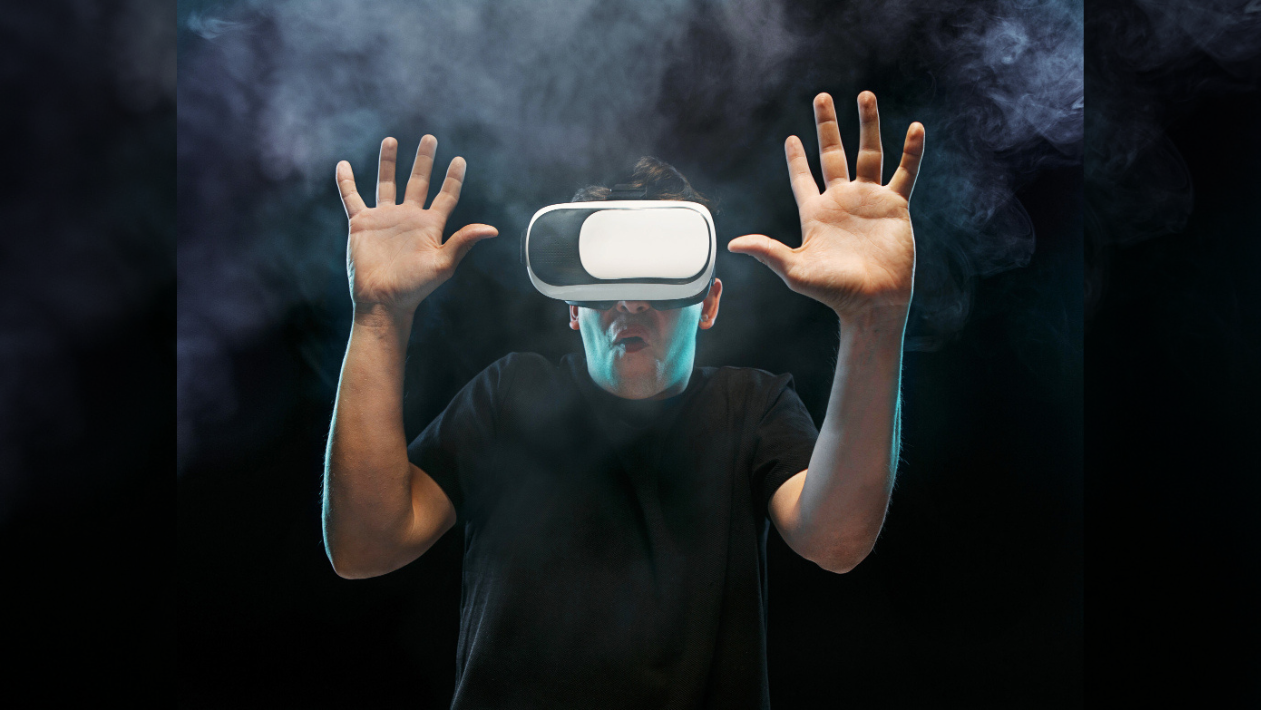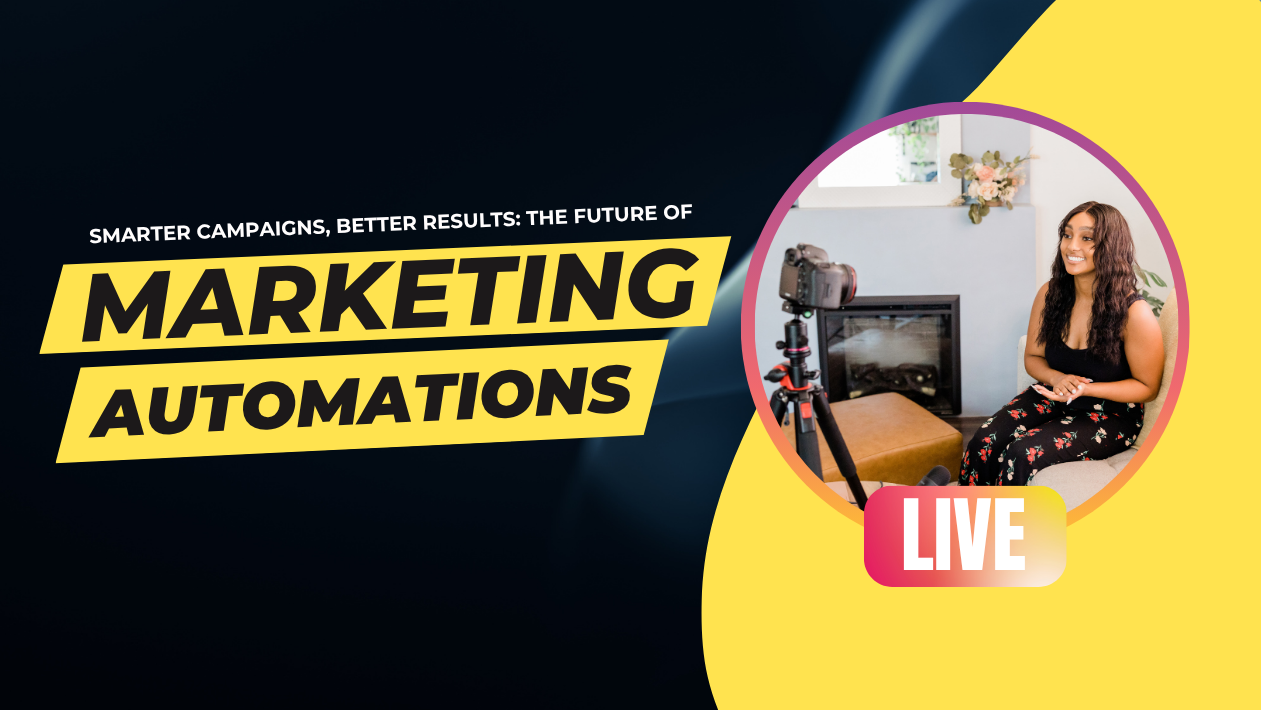Virtual Reality (VR) and Augmented Reality (AR) are transforming the marketing landscape, offering immersive and interactive experiences that captivate consumers like never before. Brands are leveraging these technologies to create engaging and memorable customer interactions, setting themselves apart in a competitive marketplace.
VR provides fully immersive environments that allow consumers to experience products or services in a simulated setting. For example, real estate companies use VR to offer virtual property tours, enabling potential buyers to explore homes from anywhere in the world. Automotive brands create virtual test drives, giving customers a feel of the vehicle without visiting a showroom. This not only enhances customer engagement but also reduces costs and logistical challenges.
AR, on the other hand, overlays digital information onto the real world, enhancing the consumer’s environment with interactive elements. Retailers are using AR apps to enable virtual try-ons for clothing, accessories, or makeup, helping customers visualize how products will look and fit before making a purchase. This technology increases confidence in online shopping, reduces return rates, and boosts sales.
The integration of VR and AR in marketing is also driving innovative advertising campaigns. Brands are creating AR-powered advertisements that allow users to interact with products in 3D or experience interactive storytelling through VR headsets. These technologies offer personalized and immersive experiences, fostering deeper connections with consumers and enhancing brand loyalty.
As VR and AR technologies continue to evolve, their applications in marketing will expand, offering new ways to engage and delight customers, ultimately transforming the future of consumer-brand interactions.





